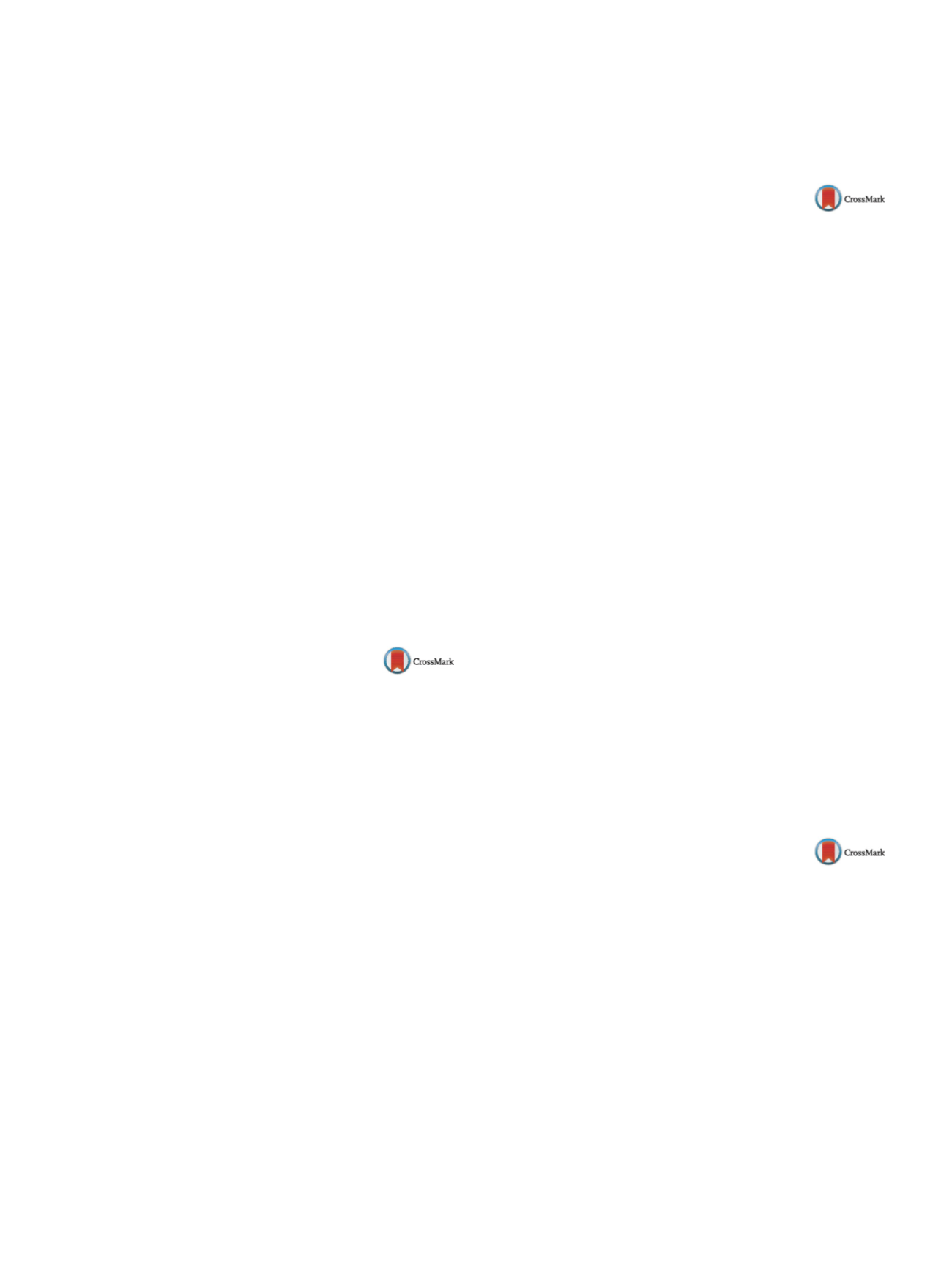

S776
25th European Congress of Psychiatry / European Psychiatry 41S (2017) S772–S846
Introduction
Suicidal adolescents have a severely damaged
body/mind relationship where issues pertaining to adolescence
and psychache are tightly intertwined causing dissociation, hallu-
cinations and concreteness. In this conundrum, the suffering mind
swings from being identified and split from the body favouring
self-harm and bodily together with visual hallucinations.
Objectives
Investigating and working through suicidal concrete-
ness together with the role and meaning of hallucinations in
adolescents with a story of multiple suicide attempts.
Aims
Achieving a first integration and appropriation of the
emotional experience with the establishment of the boundaries
between mind/body, inside/outside giving up hallucinations.
Methods
Prolonged intensive psychodynamic work focusing on
self-representation, the working through of persecutory internal
objects causing rage, hostility and attacks on the affective linkswith
the environment allowed a gradual process of integration of the self
with the decrease of suicidiality.
Results
The working through and containment of persecutory
internal objects led to the possibility to unconsciously give up
hallucinations and integrate the emotional experience in the
mind together with the development of first effective boundaries
between inside/outside.
Conclusions
An intense work of containment and working
through of persecution and rage in the early stages of the psy-
chotherapeutic treatment of adolescent multiple attempters can
significantly favour the relinquishment of hallucinatory mecha-
nisms and self-harm as a way to cope with intolerable anguish and
psychache. This favours the process of in dwelling of the psyche in
the soma as described by Winnicott.
Disclosure of interest
The authors have not supplied their decla-
ration of competing interest.
http://dx.doi.org/10.1016/j.eurpsy.2017.01.1468EV1139
Cognitive analytic therapy and
mentalizing function
E. Gimeno
1 ,∗
, C . Chiclana
21
Faculty of Medicine, University of San Pablo CEU, Department of
Psychology, Valladolid, Spain
2
Faculty of Medicine, University of San Pablo CEU, Department of
Psychology, Madrid, Spain
∗
Corresponding author.
Introduction
Cognitive-Analytic Therapy (CAT) has settled as an
integrative approach from Ryle and Kerr’s model in the 70’s widely
accepted in England and Australia, although increasingly Euro-
pean countries have decided to include this model in their public
mental health services. Even though its formulation allows the
treatment of almost any pathology ensuring good results, it has
been traditionally applied to the treatment of personality and
eating disorders. Some authors seem to link this efficacy with train-
ing in mental states and reciprocal role procedures identification,
justifying the improvement through the increase of the reflexive
function.
Aim and objectives
The aimof this study is to determine the effect
of CAT in mentalizing ability and social functioning in patients
attending consultation.
Methods
For this purpose a CAT intervention was performed in 6
adults, administering the Inventory of Interpersonal Problems (IIP-
64) and the Mindful Awareness Assessment Scale (MAAS) before
and after treatment.
Results
The results show a statistically significant reduction in
interpersonal problems, as well as a non-significant increase in the
mentalizing ability.
Conclusions
Cognitive Analytic Therapy has shown being effec-
tive in increasing social functioning, howeverwe have not been able
to demonstrate significantly its efficacy in the reflexive function.
Discussion
Implications in the clinical setting are discussed.
Disclosure of interest
The authors have not supplied their decla-
ration of competing interest.
http://dx.doi.org/10.1016/j.eurpsy.2017.01.1469EV1140
The new aspect of psychotherapy in
our clinical psychiatric unit: The effort
it took to make it work; and the first
results
D. Goujon
∗
, L. Berenguer , F. Romann
Centre Hospitalier Intercommunal Poissy-Saint Germain en Laye,
Department of Psychiatry, Poissy, France
∗
Corresponding author.
Introduction
Our two units take care of a rather big number of
people (about 170 000). Various activities are proposed for outpa-
tients and the idea was expressed to initiate art therapy.
Objectives
We first analysed the possibility of starting this new
mediation equally in the two units. A team was formed: a clinical
psychiatrist and two registered nurses, one being an art therapist
as well. We started this activity with a small group of out patients
in April 2016.
Aims
The registered nurse – art therapist was provided with
appropriate space, art material and furniture by hospital sources.
The other unit will send the nurse for training in art – therapy: leave
and grant are provided by the hospital. Her project is different and
yet complementary.
Methods
The group was validated and evaluated by the art ther-
apist and the psychiatrist. The organization of the activity is left
to the art therapist. A questionnaire was filled out by art therapist
before beginning the art therapy and at regular intervals.
Results
Patients are engaged by this therapy and come on regular
basis. They chose painting to express themselves and leave their
productions in the room after they are finished.
Conclusions
The newly opened psychotherapy – art therapy has
brought many positive changes in our hospital for working staff as
well as for the patients.
Disclosure of interest
The authors have not supplied their decla-
ration of competing interest.
Acknowledgements
We want to thank the Chiefs of our Depart-
ment of Psychiatry, Grandin Pascal, MD and Benzaken-Charlier
Catherine MD for their acceptance and support of this project.
http://dx.doi.org/10.1016/j.eurpsy.2017.01.1470EV1141
Object relations and self-esteem in
young adults with schizophrenia in
long-term psychodynamic group
psychotherapy
M. Grah
1 ,∗
, B. Restek-Petrovi´c
2, A. Bogovi´c
3, N. Mayer
2,
H. Handl
4, I. Filipˇci´c
31
Psychiatric hospital Sveti Ivan, Psychotherapeutic ward for
treatment of affective, anxious and dissociative disorders, as well as
personality disorders, Zagreb, Croatia
2
Psychiatric hospital Sveti Ivan, Psychotherapeutic ward for
treatment of psychosis, Zagreb, Croatia
3
Psychiatric hospital Sveti Ivan, Ward of integrative psychiatry,
Zagreb, Croatia
4
Psychiatric hospital Sveti Ivan, Day hospital for eating disorders,
Zagreb, Croatia
∗
Corresponding author.
Introduction
Psychodynamic concepts describe object relations
deficits in patients with schizophrenia originating from their ear-
liest developmental stage, which is due to reduced ability of direct
caregivers to adequately stimulate the child, as well as genetic
factors. During psychodynamic group psychotherapy, members


















